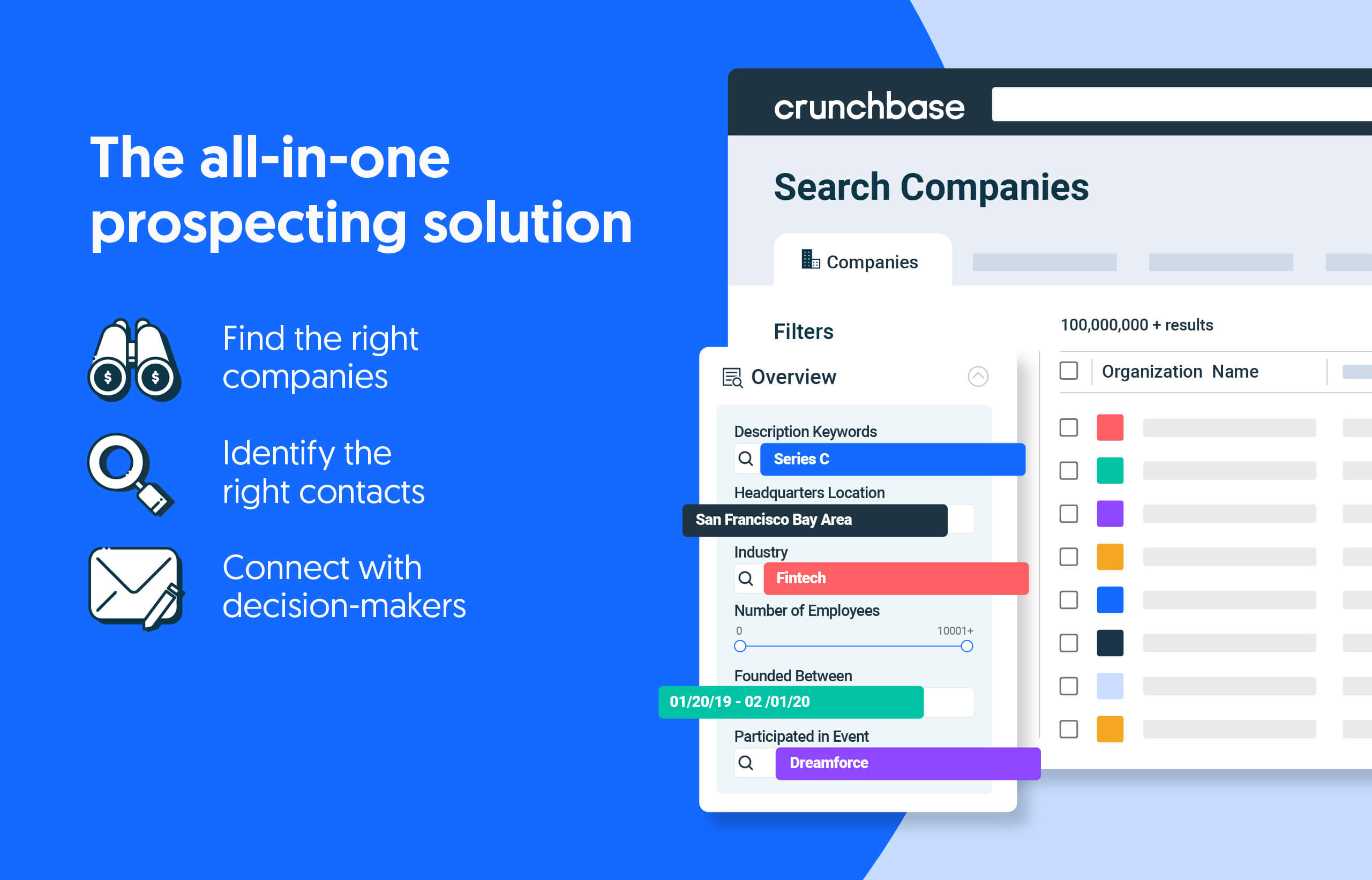As we bid adieu to 2022, it seems easy in hindsight to sum up the startup investment climate as your usual cyclic clean-up after a big party. Valuations fell, investors got pickier, and a cratering public market reminded us that tech stocks do sometimes go down.
But parsing through the quarter-by-quarter numbers for active investors, it’s clear 2022 wasn’t entirely a clean-up-the-mess year. For large investors, the party actually continued to rage through the first quarter and remained festive in the second. Only in the latter half of the year did we really see a big slowdown.
Search less. Close more.
Grow your revenue with all-in-one prospecting solutions powered by the leader in private-company data.
To drive this point home, we put together a chart of investors who led or co-led the most expensive collections of rounds 1 in 2022, organized by quarter.
The contrasts are dramatic:
As you can see from the thin gray line representing Q1, things were still extraordinarily spendy at the time. Tiger Global Management and SoftBank Vision Fund alone led or co-led rounds valued at more than $13 billion(!).
By Q2, activity was markedly slower. But it is between Q2 and Q3 that we see the most pronounced slowdown. For example, SoftBank, publicly regretful following a $22.7 billion realized net loss, pared the value of the rounds it led by 82% from Q2 to Q3.
And SoftBank wasn’t alone. Tiger Global, Insight Partners and Sequoia Capital cut back by 83%, 90% and 91%, respectively, from Q2 to Q3. Among active investors on our chart, only Andreessen Horowitz saw an increase in the value of lead rounds over this period.
Between the third and fourth quarters, belts tightened further for most active lead investors. This came as overall investment declined. Per Crunchbase data, fourth-quarter global startup funding totaled $77 billion — down 6% quarter over quarter and 59% year over year. This made it the lowest total since the first quarter of 2020, when $70 billion was invested.
Illustration: Dom Guzman
Investors usually do not break out how much they contributed to a particular round (unless they are the sole investor.) However, because there are usually few lead investors in a round, it is usually the case that a lead investor contributed a double-digit percentage of the total, and often a majority.↩

Stay up to date with recent funding rounds, acquisitions, and more with the Crunchbase Daily.




![Illustration of a guy watering plants with a blocked hose - Global [Dom Guzman]](https://news.crunchbase.com/wp-content/uploads/quarterly-global-3-300x168.jpg)
67.1K Followers